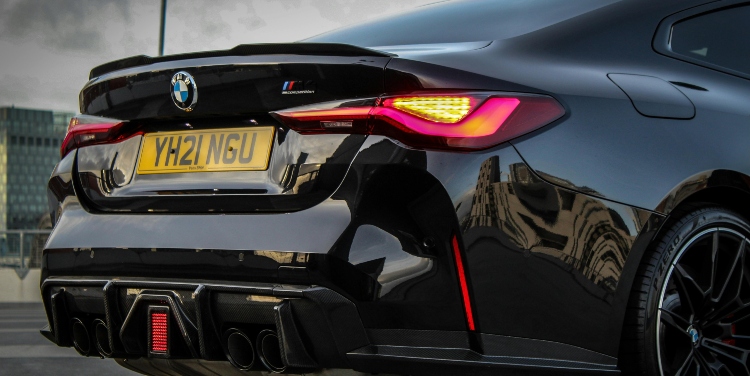Displaying your number plates correctly in the UK is crucial for avoiding fines and penalties. Understanding the regulations can save you from legal hassles. This guide will help you navigate the rules effectively.
In the UK, number plates must adhere to specific regulations to ensure they are easily readable by both humans and automated systems. These rules aim to maintain road safety and assist law enforcement. It’s essential to be aware of these requirements to avoid potential fines and legal complications.
Understanding the Basics of Number Plate Regulations
Firstly, it is important to understand that number plates in the UK must follow a particular format and be made from a reflective material. The front plate should have black characters on a white background, while the rear plate should have black characters on a yellow background. This contrast ensures maximum visibility under various lighting conditions.
The font used for the characters on number plates is also regulated. The specific typeface is called ‘Charles Wright’, and is mandated by law. Additionally, the size and spacing of characters are standardised to ensure uniformity and legibility. For instance, 3D number plates are permitted as long as they meet these size and spacing requirements and are easily readable.
An essential aspect of number plate regulations is their positioning on the vehicle. The front plate must be mounted as far forward as possible, and the rear plate should be positioned as far back as possible. If the vehicle has designated mounting points, they must be used. Both plates must be securely fastened and free from obstructions such as fixtures or attachments. Improper positioning, such as placing the front plate on the dashboard, can result in penalties.
Why Correct Display Is Crucial
Displaying your number plates correctly is not just about following the law; it also has practical implications for road safety and vehicle identification. Properly displayed plates help automatic number plate recognition (ANPR) systems function efficiently, which is vital for traffic management and crime prevention. If your plates are not displayed according to regulations, you could be issued a fixed penalty notice.
What’s more, incorrectly displayed plates are an MOT test failure, which means you would need to rectify the issue before your vehicle can legally be driven on public roads again. Therefore, understanding why this regulation is relevant helps you stay compliant and avoid unnecessary inconvenience.
Materials and Maintenance of Number Plates
The material of your number plates must be retroreflective. This ensures they are visible at night when illuminated by headlights, reflecting light directly back to its source for optimal visibility without dazzling drivers. It is also essential to keep your number plates clean and free from damage, as dirty or obscured plates can result in fines.
Regular maintenance includes checking for cracks or other forms of wear and tear that could impair readability. Remember that driving with damaged or unreadable plates is an offence that could lead to you being stopped by the police. Therefore, periodic checks are necessary to ensure compliance with legal standards and avoid potential legal issues.
Customising Your Number Plates
While customisation options like personalised registration numbers are available, it’s important to note that they must still comply with the standard regulations regarding font type, size, and spacing. Using illegal fonts or altering spacing can make your plate difficult to read and result in fines.
If you wish to have a personalised registration number, you can purchase one from the DVLA or private sellers and companies. Once purchased, you can assign the registration number to your vehicle through the DVLA, allowing you to legally display the new number plate.
In addition, you may want to add certain features to your plates. For example:
- Flags and Borders: You can add certain national flags and borders to your plates, such as the Union Jack, and others permitted by the DVLA.
- 3D and 4D Plates: 3D and 4D number plates are allowed as long as they adhere to the legal requirements for font type and readability.
Always refer to the DVLA’s official guidelines when considering any customisation to ensure your number plates remain compliant and legal.
David Prior
David Prior is the editor of Today News, responsible for the overall editorial strategy. He is an NCTJ-qualified journalist with over 20 years’ experience, and is also editor of the award-winning hyperlocal news title Altrincham Today. His LinkedIn profile is here.













































































